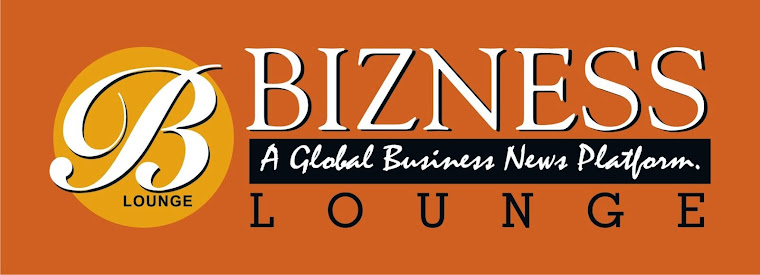The Federal Reserve probably won’t raise interest rates next year, making U.S. and Japanese stocks attractive as bond yields in both nations stay low, according to Fukoku Capital Management Inc.
Fukoku’s call is contrarian to Pacific Investment Management Co., which runs the world’s biggest bond fund, Loomis Sayles & Co. and BlackRock Inc., the largest money manager on the planet, who all say monetary tightening will come in 2015. Futures traders are pricing in an 87 percent chance of an increase in the benchmark rate to at least 0.5 percent by December 2015.
Fed Chair Janet Yellen has been emphasizing that borrowing costs will stay near zero for a “considerable time” even after the central bank ends bond buying it has used to boost the economy. Policy makers are waiting for improvements in the labor market, stronger inflation and
signs of self-sustaining economic growth before they move to raise interest rates.
“We are cautious about buying JGBs because yields are extremely low,” Satoshi Okumoto, chief executive officer and president in Tokyo at Fukoku Capital, which oversees the equivalent of $18 billion, said in an interview in Tokyo on Aug. 6. “Growth potential in the U.S. is declining, so the Fed would be forced to act cautiously.”
The U.S. central bank, which next sets policy on Sept. 17, cut monthly bond buying by $10 billion for a sixth consecutive meeting last month to $25 billion.
Gradual Increases
The Fed will “hike only gradually” from mid-2015, Bill Gross, who manages the world’s biggest bond fund at Pimco, wrote in an article late last month on the Newport Beach, California-based company’s website. “We don’t believe the Fed will start raising interest rates until the second half of next year” Kurt Wagner, Boston-based vice president and portfolio manager at Loomis & Sayles, said at a briefing in Tokyo on Aug. 7.Stronger-than-forecast jobs growth underlines economic acceleration that may push the Fed to raise rates by the first quarter of 2015, BlackRock’s Rick Rieder said in a Bloomberg Television interview on July 3.
Japan’s 10-year government bonds yield 0.50 percent, the lowest globally after Switzerland, as the Bank of Japan continues to buy about 7 trillion yen ($69 billion) of government bonds per month since April 2013 in a bid to boost inflation to 2 percent. Fukoku sees the yield at around 0.6 percent at the end of March, lower than the 0.75 percent economists predict in a Bloomberg News survey with the most recent forecasts given the heaviest weightings. Equivalent U.S. Treasuries yield 2.42 percent.
Inadequate Return
“Returns are not high enough for the risks at these low yields,” Fukoku’s Okumoto said. “Japanese stocks are not expensive relative to global peers. We’d like to bargain-hunt Japanese companies related to tourism and infrastructure that have been neglected,” he said without naming any.Japan’s sovereign debt maturing in more than a year gained 0.2 percent in July, while the Topix index of domestic shares returned 2.1 percent including reinvested dividends.
Fukoku predicts the stock gauge will be at about 1,300 by the March 31 end of Japan’s fiscal year. It touched 1,300.53 on July 31, the highest since Jan. 23, and closed at 1,228.26 on Aug. 8. The yen was at 102.12 per dollar as of 8:30 a.m. in Tokyo, up 3.1 percent this year.
Risk Assets
“Japanese pension funds have to increase their holdings of risk assets, so that will help underpin foreign bonds and dollar-yen,” said Okumoto, who expects the greenback to strengthen to toward 104 yen by the end of March.Japan is preparing an overhaul of the 126.6 trillion yen Government Pension Investment Fund. Prime Minister Shinzo Abe’s growth policies, revised in June, urged GPIF to immediately alter its asset mix as the economy exits deflation, and strengthen the fund’s oversight.
The world’s largest pool of retirement savings will pare domestic bonds to 40 percent of holdings and boost local stocks to 20 percent, according to the median estimate from a Bloomberg survey of analysts in May. That would require selling 19.5 trillion yen of debt and buying 4.5 trillion yen of equities, calculations by Bloomberg using the fund’s holdings at the end of March show. No decision has been made yet on changes to GPIF’s portfolio, President Takahiro Mitani said on Aug. 7, declining to comment on specifics.
Investment Strategy
GPIF revamped stock investment strategies in April, adding the JPX-Nikkei Index 400, which picks companies based on profitability and use of cash, as one of its benchmarks. The gauge was at 11,173.77 on Aug. 8 after rising 2.3 percent in July.“We can’t ignore the impact of the JPX-Nikkei 400,” Okumoto said. “The Abe administration’s policies have been consistently targeted to nurture good-quality companies with higher returns on equity.”
Okumoto said Japanese venture capital funds and those focused on Asian growth and socially responsible investments look promising. He also sees value in U.S. technology companies and stocks in Canada and Mexico. He said he didn’t expect GPIF reforms to have any significant impact on domestic bonds.
“On JGBs, we would look at relative value on the yield curve,” Okumoto said. “The BOJ will have to continue its bond purchases because it hasn’t achieved its inflation target.”

No comments:
Post a Comment